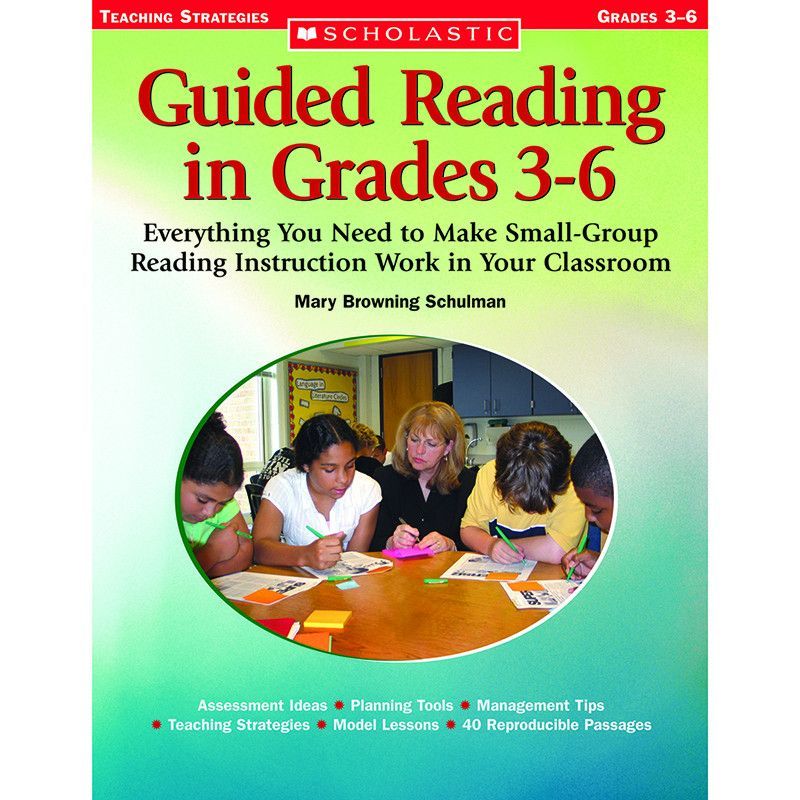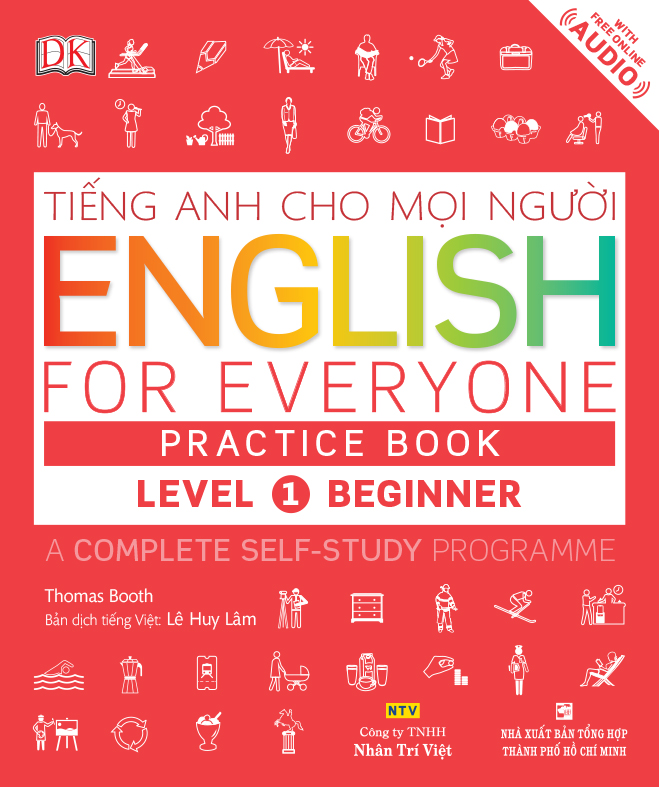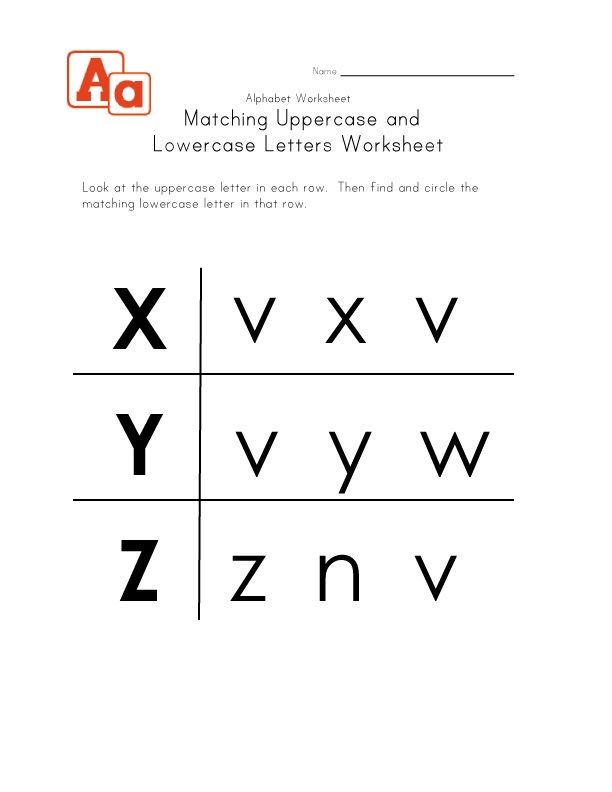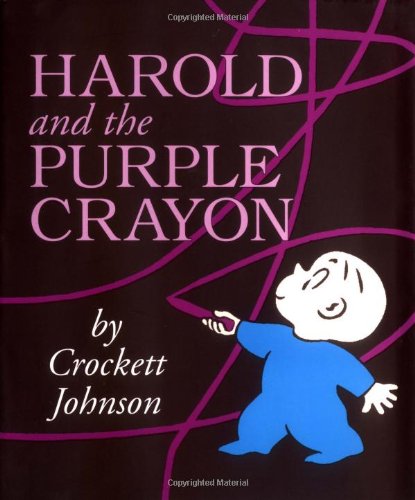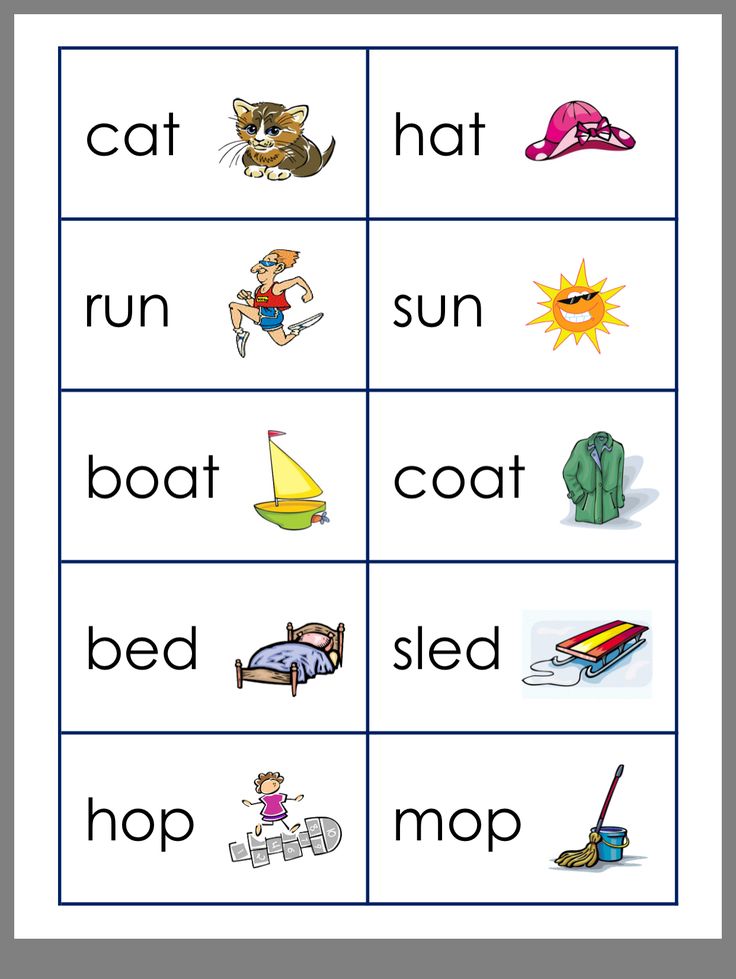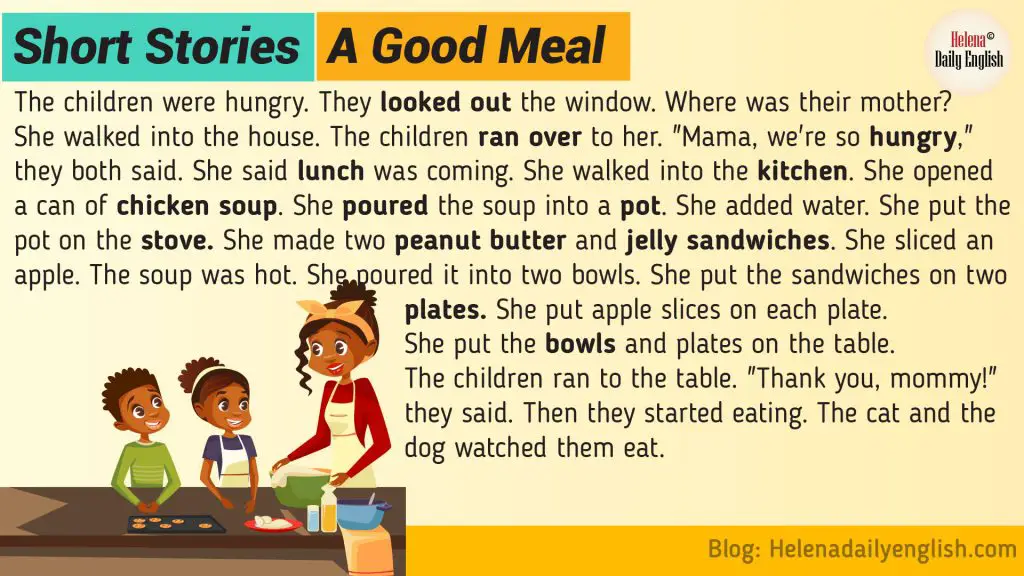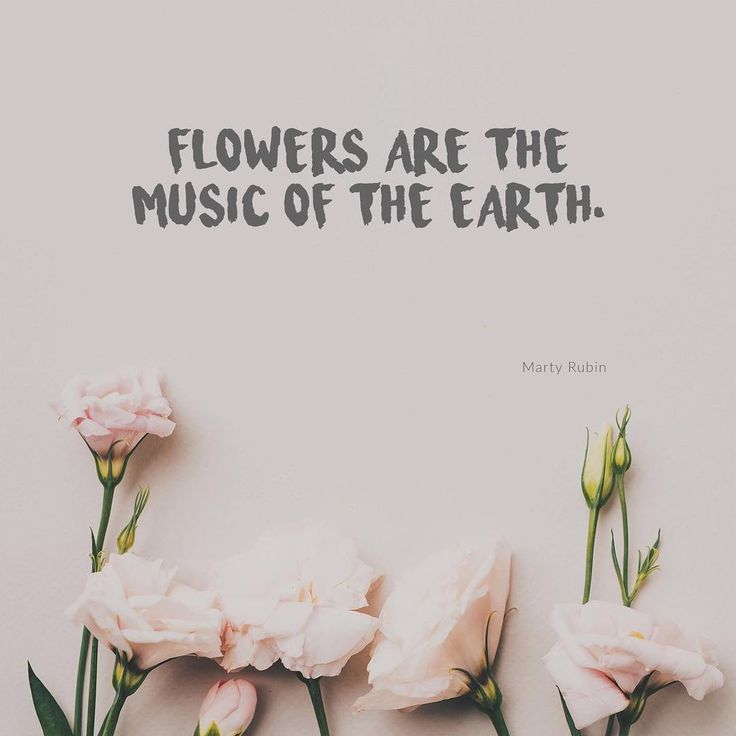Pretend play 3 year old
Top 10 Pretend Play Toys For 3 Year Olds
Three years old is the perfect time for pretend play. Ideas can come from a movie, book, or completely created through the child’s imagination. Pretend play may seem like ‘just play’, but the benefits of this type of play are extensive for children. Children are able to learn empathy and social roles. Pretend play helps children develop many skills including communication, cooperative play and sharing, as well as problem solving. This list of top ten pretend play toys for 3 year-olds will spark their imaginations!
These toys are fabulous for encouraging pretend play for three year olds. They are all simple in themselves, but can lead to hours of pretending to be super heroes and saving the world or helping a parent with real life tasks.
1. Triple Layer Party Cake Wooden Play Set
How fun is this wooden cake? Pretend it’s a wedding or a birthday with this cake that comes apart and kids can put it back together again as they wish.
2. Learning Resources Pretend & Calculator Cash Register
A pretend cash register can be fun to play with but it can also lead to many other development and learning areas. It can help children pretend to shop, which is an important life skill. It can also help introduce children to the different types of money and how to count it.
3. Children’s Cosplay Clothes: Satin Capes & Felt Masks
Being a super hero is more than just watching a show and replicating what is seen. It is helping people, feeling powerful, and reaching for dreams. These satin capes and felt masks are very good quality that should last through all the saving victims and pretending to fly.
4. Stainless Steel Play Pots and Pans
This cooking set may look just like the ‘real set’. I like that there are a variety of different pots, pans, and other cooking tools to help kids learn what they are actually used for. This can also strengthen hand muscles, which is important for future pencil grip strength.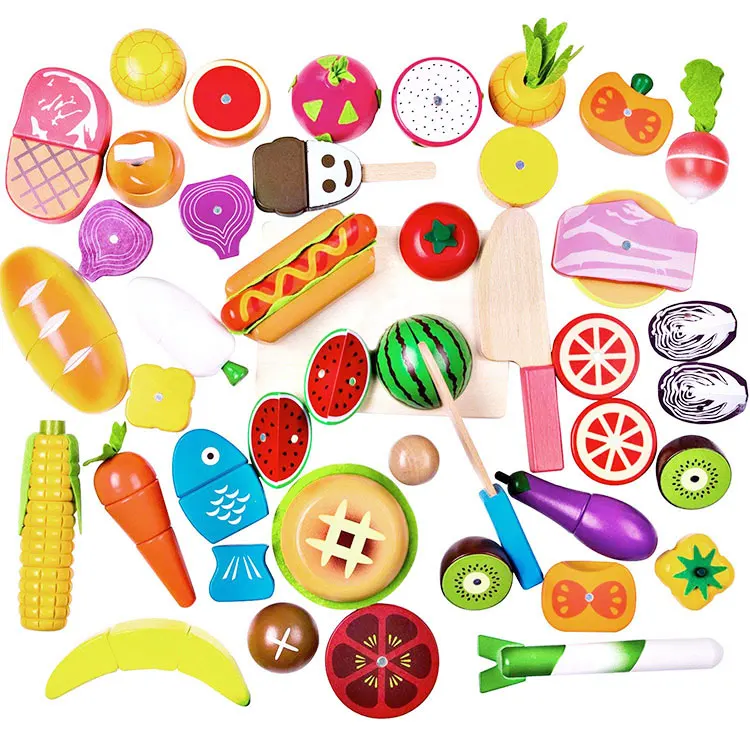
5. Durable Kids Play Dishes
These kitchen utensils are fun and give children a variety of techniques to learn. This is perfect if you don’t have a larger pretend kitchen! It will still give the feel of cooking without the space of a big kitchen.
6. Doll Travel Umbrella Stroller
Does your child love playing with dolls? This Travel Play Stroller is perfect for your little one to feel like a ‘real nurturer’ while pushing a doll or stuffed animal around. This is helping kids learn to take care of someone or something else.
7. Pretend & Play Doctor Set
We’ve all been to a doctor and the tools are just fascinating. This doctor set includes so many different life like doctor tools. This is fun to have a doctor day or to help your children feel more comfortable if they have fears of going to the doctor.
8. Large Plastic Assorted Toy Dinosaur
Playing with figurines is a fun way to involve pretend play in your child’s day. These dinosaur figures are perfect for taking in the car or to a restaurant, they travel well. Your child can create a story line and use these dinosaurs as the main characters.
These dinosaur figures are perfect for taking in the car or to a restaurant, they travel well. Your child can create a story line and use these dinosaurs as the main characters.
9. Let’s Play House 6 Piece Set
Cleaning is a life skill that is important and necessary. These play house toys may not actually help clean anything, but going through the motions is an excellent way for children to understand responsibility.
10. Construction Worker Outfit
Dress up outfits are a classic and fantastic way for kids to play. It helps them learn empathy and putting themselves in someone else’s shoes. They can learn about other people’s life and lifestyles so easily! Plus this construction worker outfit is so fun!
These pretend play toys are perfect for 3 year olds. Each toy will help encourage children, in their own way, to enter the world of pretend play. This helps them develop and learn in various ways. Do you have a favorite pretend play toy for your 3 year old?
For More Creative and Imaginative Pretend Play Ideas Check Out These Favorite Posts
Top 10 Pretend Play Toys For 2 Year Olds
Astronaut Pretend Play with Fine Motor Practice
Lego Tea Party Pretend Play
This post may contain affiliate links and we will earn a small provision if you make a purchase through them.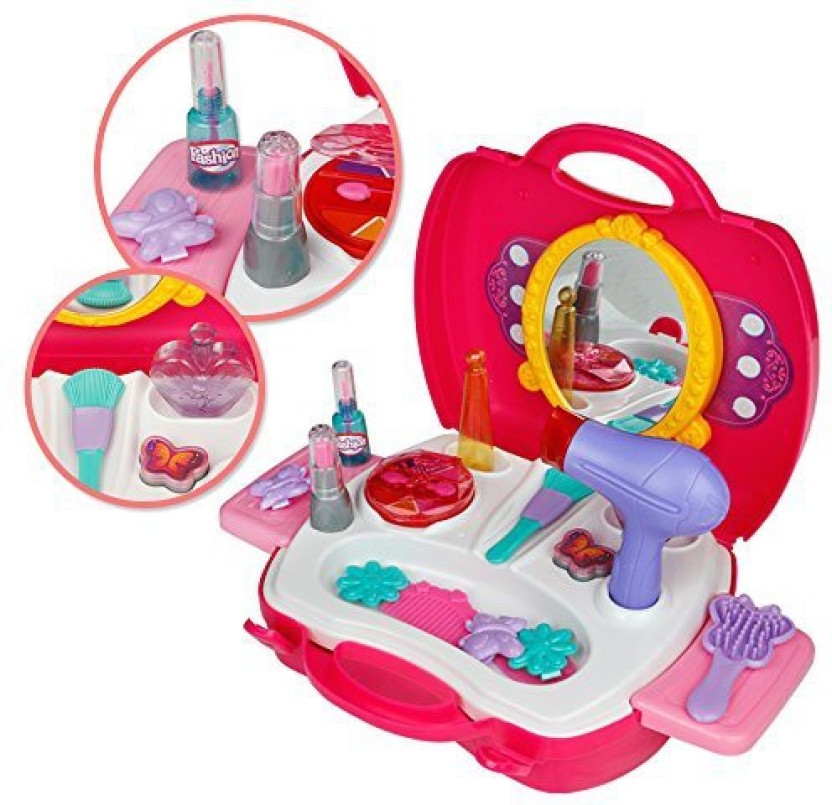 Read full disclosure.
Read full disclosure.
The 5 Stages of Pretend Play in Early Childhood
- Share
Throughout early childhood, children engage in many types of play that are all equally important for their development. One of these is pretend play, also known as imaginative, make-believe or fantasy play.
Children typically progress through 5 stages of pretend play.
Pretend play may appear to just be a child imitating what they see around them and how others are behaving, but it stimulates a great deal of creativity and thinking skills.
When children act out their world together, they engage in cooperative behaviour as they work together to create a fantasy scene. This involves high levels of social skills.
They also develop emotionally as they act out life scenarios that are full of emotions and new experiences. Playing gives them a safe space to experience these big emotions.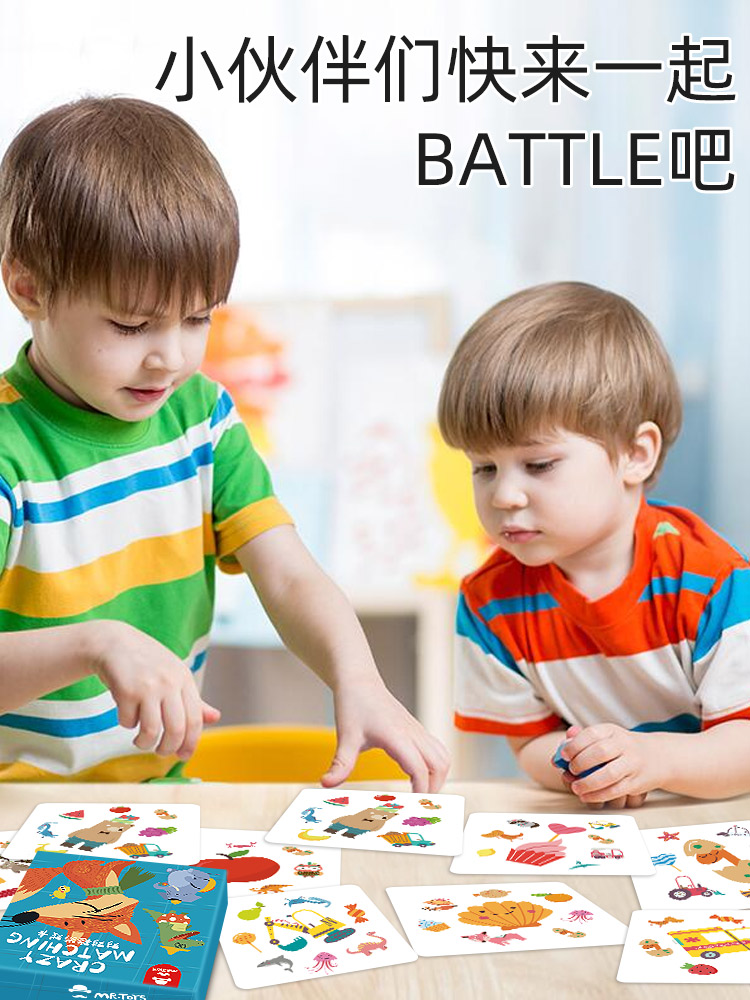
Here are the 5 stages of imaginative play in early childhood:
1. Enactive Naming
The first phase of pretend play is called enactive naming. In this stage, a child is not yet actively “pretending,” rather she is showing the knowledge she has.
For example, the first time she puts an empty spoon or cup to her mouth, she may be imitating a behaviour she has seen, or acting out her understanding of the objects, but she is not yet playing.
She is beginning to learn the difference between real and not real.
Young children love to imitate the actions and behaviours they see around them and may also want to sweep the floor, whether with a real broom or a toy broom.
2. Autosymbolic Schemes
In the second stage, called autosymbolic schemes, the young child begins to display the first signs of pretending, but only in relation to herself. This starts around the age of 12 months.
A child may pretend to lie down and sleep or take a pretend sip from their cup while making noises to show she is drinking.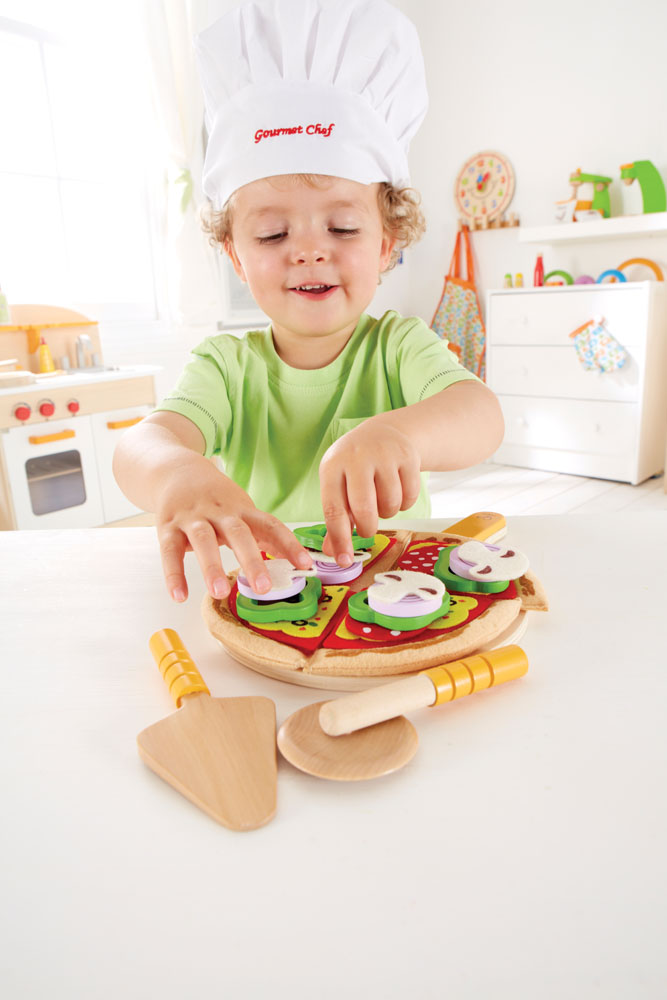
At this stage you will see that the child is intending to play by her mannerisms and actions – she may smile or look at you to show you that she is pretending.
Playing with toy replicas of household objects is fun for young toddlers, and by using these items for their correct functions, they show their growing cognitive skills.
At some point, the young child will start to engage in pretend play by using objects to represent other objects. This is called symbolic play.
This means a child who wishes to pretend to talk on the phone, may reach for a block instead of a real phone or a toy that represents the real object.
The child feels that the block shares some characteristics with a phone – perhaps the size and the shape – and it becomes a good replacement for the phone.
This kind of symbolic pretend play shows yet another layer of advanced thinking.
Pretending while playing is rooted in a child’s social development. Their interactions with parents, family, peers and other caregivers forms the basis of their play, and forms the foundation for their cognitive development.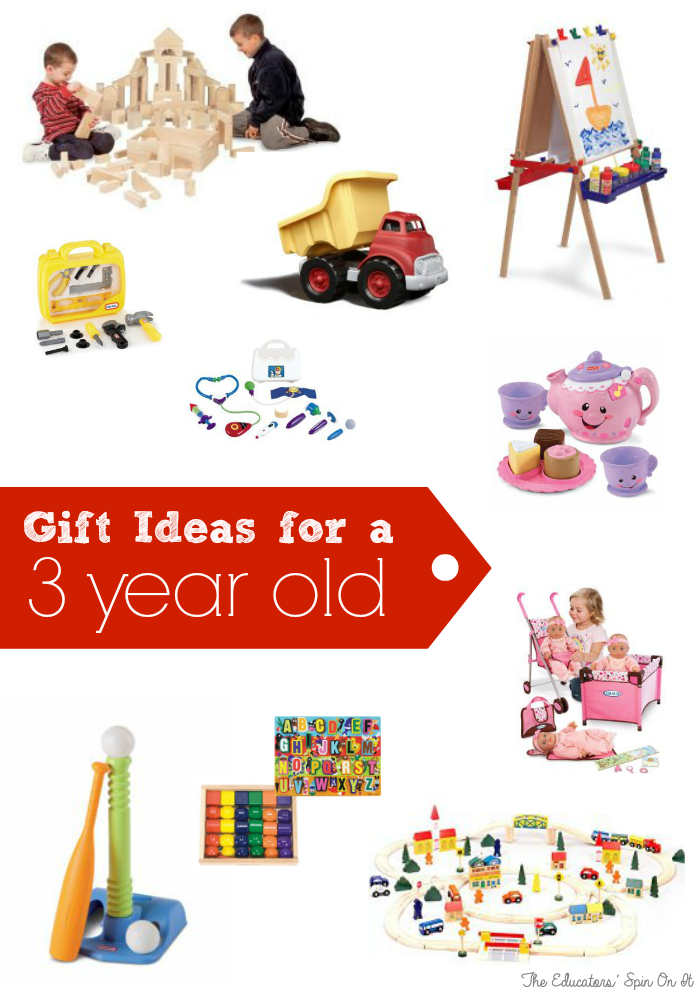
3. Decentred Symbolic Schemes
Between the age of 12 and 24 months, a child will begin to involve others in her pretend play.
She will pass you the cup to take a sip from or try to feed you with an empty spoon. This shows that she is becoming aware of others as being separate from herself.
From around 2 years of age, toddlers often begin to play with dolls. They see their dolls as living beings, with feelings and states, such as hunger and tiredness.
This behaviour shows a huge leap in a child’s thinking skills as she matures.
It is also believed that the advanced thinking shown during pretend play is not yet seen in other aspects of a child’s life at this young age.
During this type of play, a child knows she is pretending and knows that the other child is pretending, and that they are both attaching mental concepts to their scenario.
This type of awareness is unusual as children typically see everything from an egocentric viewpoint.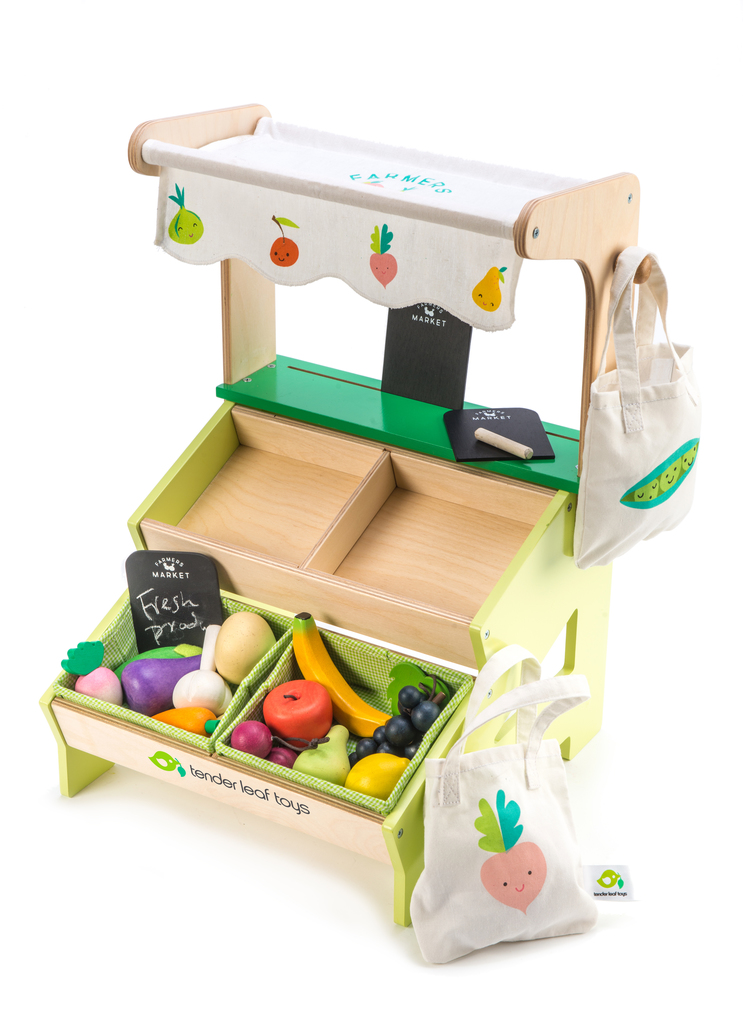
During pretend play; however, they are able to experience something from someone else’s shoes and even try out different points of view.
Children also show that while engaging in symbolic play they are able to assign two separate identities to an object – such as understanding that a block is a block, and in this case, also a phone.
This is something they are not able to do in other contexts, for example when looking at pictures of objects that represent other objects.
To give an example of this in a language context – a very young child knows that a banana is a banana, but will not also refer to it as a fruit.
Pretend play, therefore, plays a big role in helping a child develop thinking skills.
Even the objects that a child uses to play with show her level of thinking. In the beginning, she uses real objects, then toy replicas, then other objects as representations.
The older a child gets, the more she can use non-realistic toys in her play, with her imagination being the only thing she needs.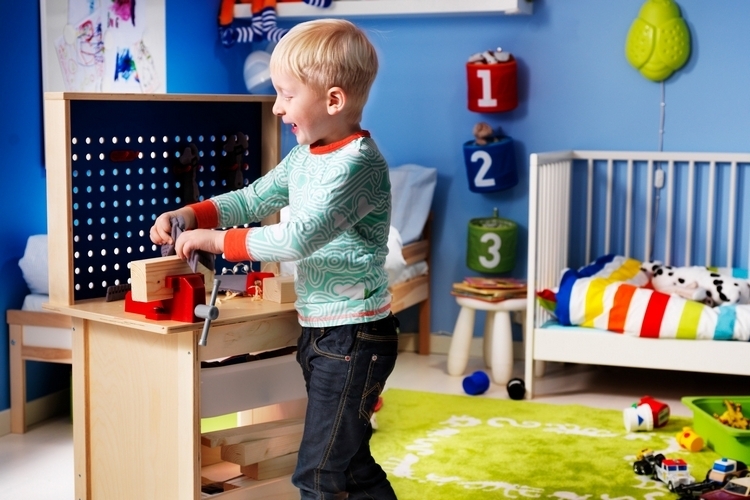
4. Sequencing Pretend Acts
In this stage, a child learns to apply a logical sequence to her pretending. If she wants to give her doll a bath, for example, she will take off her clothes before doing so.
The child has learned through observing others and how people behave in various contexts and is strengthening her memory skills, so that this knowledge can be used later, in a play context.
5. Planned Pretend
In this final stage, known as planned pretend, a child will collect props and items that she needs for her pretend play.
She will have a specific idea in mind for what she wants to act out and will plan accordingly. She may pretend to be a teacher giving a lesson, or a mother taking her child to the shops.
Preschoolers are usually in this stage of pretend play and they use high-level social skills while engaging.
They need to communicate well, play a specific role, allow others to play their roles, share and take turns, and follow the agreed rules, as they play with a common goal.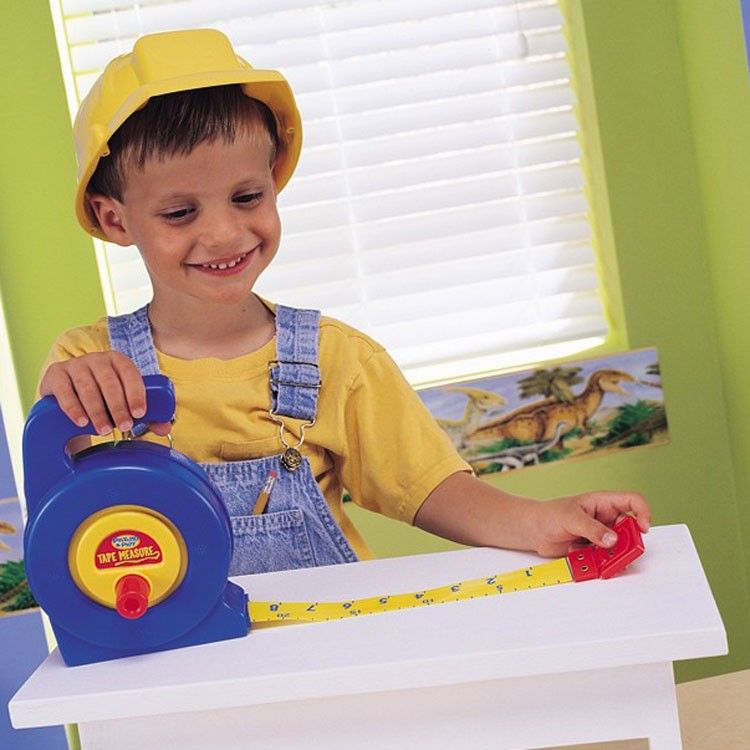
Sometimes this requires compromising, negotiating and persuading.
Read more about the types of play in early childhood.
Source:
Natanson, J. 1998. Learning Through Play: A parent’s guide to the first five years. Tafelberg Publishers Limited: Cape Town.
Get FREE access to Printable Puzzles, Stories, Activity Packs and more!
Join Empowered Parents + and you’ll receive a downloadable set of printable puzzles, games and short stories, as well as the Learning Through Play Activity Pack which includes an entire year of activities for 3 to 6-year-olds.
Access is free forever.
Signing up for a free Grow account is fast and easy and will allow you to bookmark articles to read later, on this website as well as many websites worldwide that use Grow.
- Share
Games with children of three or four years old - what are games with a three-year-old child aimed at?
September 22, 2021
Games with children 3-4 years old at home allow you to spend time with your child in a fun and interesting way and at the same time develop the necessary skills.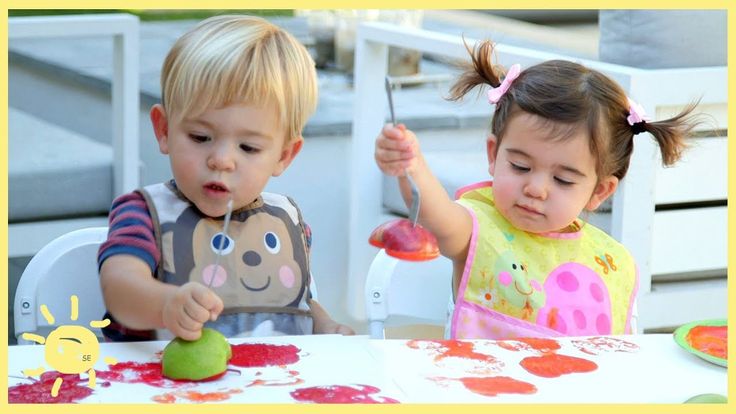 A wide variety of games should be selected using toys, dolls, boxes, beads, etc.
A wide variety of games should be selected using toys, dolls, boxes, beads, etc.
What is the purpose of playing with a three-year-old at home?
Children of this age need to develop:
- Attention and memory.
- Color perception.
- Movement coordination.
- Fine motor skills of hands.
We have selected the most interesting and exciting activities for you.
Games with inexpensive toys
A mosaic with colored carnations and a plastic base where the elements are inserted, cubes and any board game will do.
Minimal adult involvement
This is a game with cutlery, pots, food containers and other safe items.
Educational games for children 3 years old at home
There are a huge number of educational games created by specialists specifically for playing with a child of 3 years old. There are classes for every age group. The main condition is that the child was interested.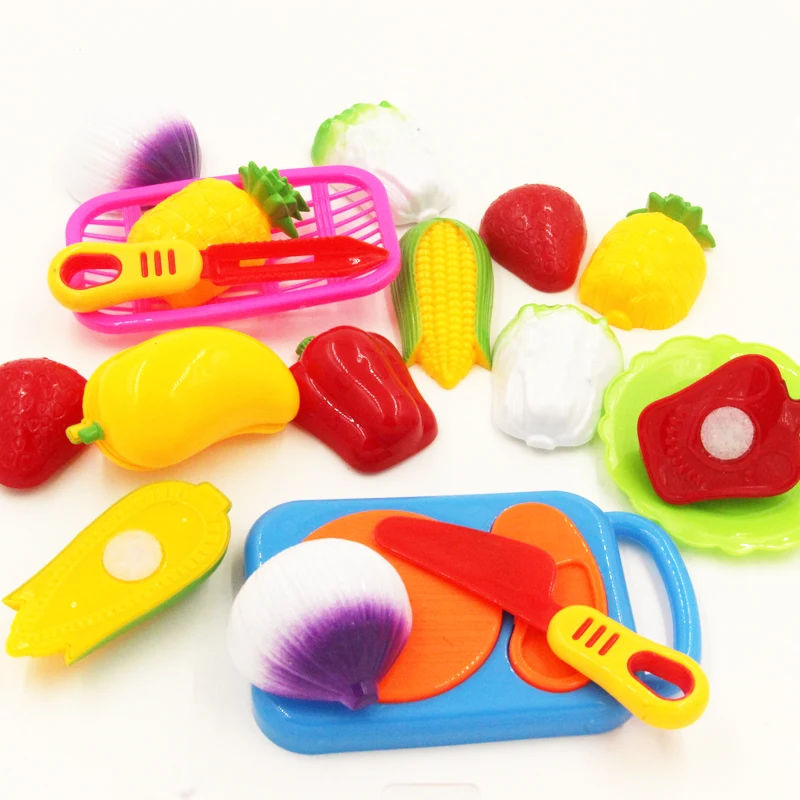
Mobile, active games
The most beneficial activities for health and general physical development. Children love to play ball, catch up, arrange group sports competitions.
Games with children 3-4 years old. What to do with the baby at home?
Game #1. Hospitable host
What you need:
- dolls or animals;
- beads, assorted colors;
- doll crockery.
How to play?
Put the beads in the box. Invite the baby to treat the "guests" with sweets. Put raspberries (red beads) in a plate for your favorite bear, grapes (green and blue beads) for a chanterelle, sweets for a doll - orange candy beads, etc.
What does the game give?
The kid learns to distinguish colors, pick up small objects, carefully arrange them on plates.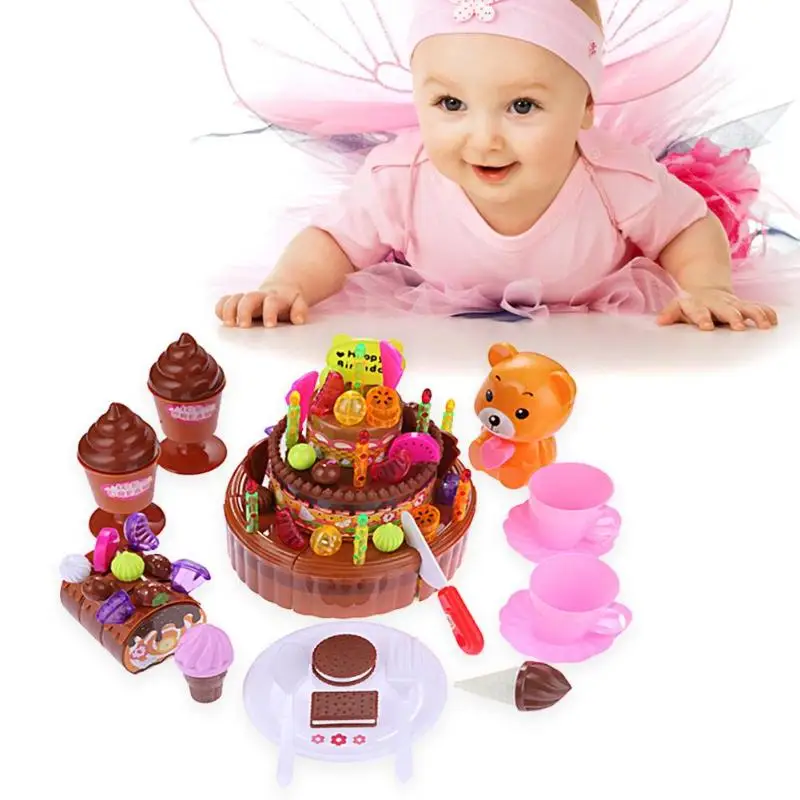 Games with a child of 3 years old should benefit the baby and practice regularly, and not from time to time.
Games with a child of 3 years old should benefit the baby and practice regularly, and not from time to time.
Game #2. Magician
What you need:
- small box;
- ropes and cords;
- table and chair to make your baby comfortable.
How to play?
Put ropes and strings of different lengths, thicknesses and colors into the magician's box. Show how, with the help of ropes and laces, it is possible to lay out various figures and objects on the surface of the table. For example, an orange string closed in a ring is the sun, a green string is an apple, a blue string is the sea, etc.
What does the game give?
Games with a three-year-old child improve the perception of color shades, develop imagination, teach accuracy and perseverance, introduce the shape of objects.
Important! Such games require the organization of a workplace for classes. In order not to spoil the posture of the child, take care of the presence of a comfortable chair.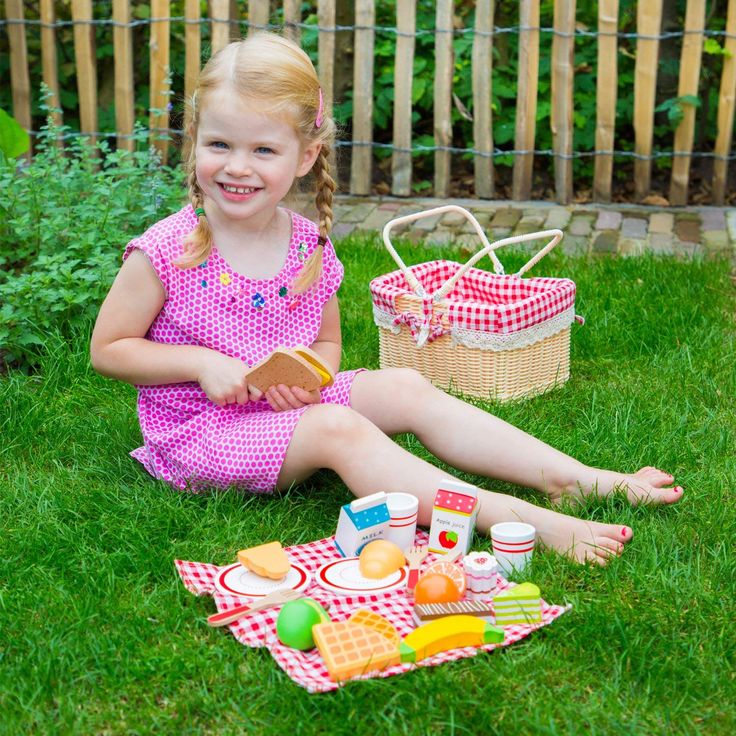 The most optimal option is a “growing” chair with a set of settings according to the baby’s parameters.
The most optimal option is a “growing” chair with a set of settings according to the baby’s parameters.
Game #3. Little gardener
What you need:
- colored cardboard;
- buttons;
- scissors.
How to play?
An adult will cut out “apples” from cardboard and a tree. Loops need to be sewn to the fruits, buttons to the twigs. Let the little gardener make his own apple garden by attaching fruits to the branches.
What does the game give?
The child collects trees with different colors of fruits - red, green, yellow. Games for children 3 years old at home, the result: the fingers are trained, coordination and fine motor skills develop, the ability to classify objects.
Game #4. Artist
What you need:
- tray;
- semolina.
How to play?
Sprinkle semolina thinly on a tray.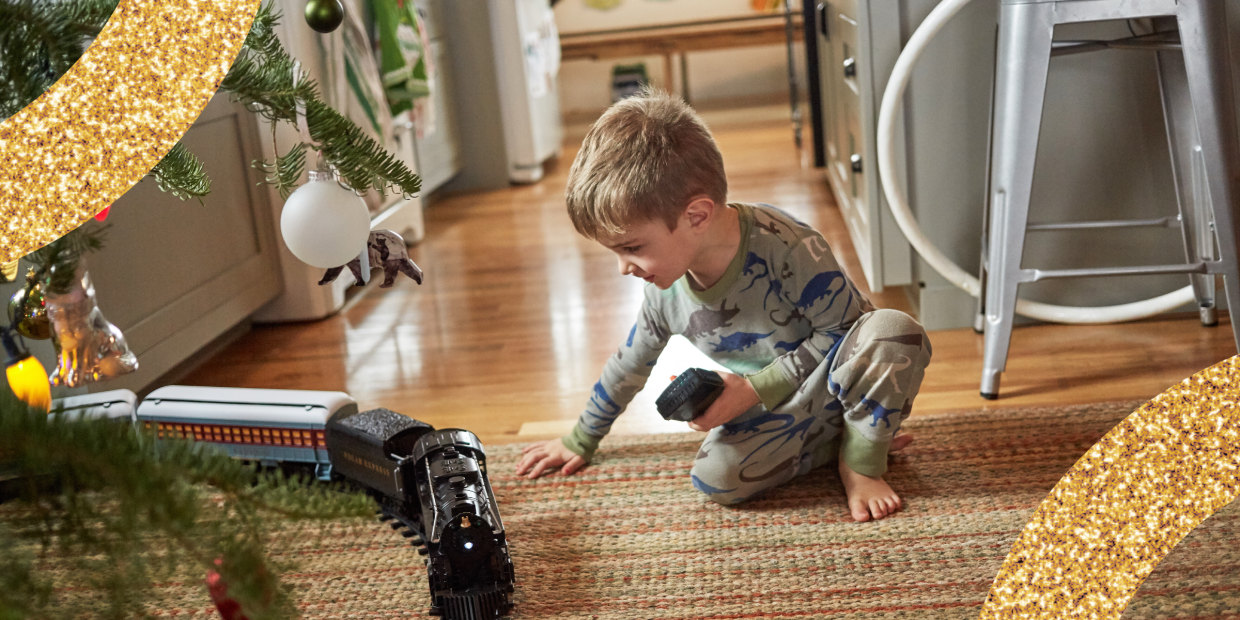 Draw figurines on the semolina with your finger.
Draw figurines on the semolina with your finger.
What does the game give?
Develops fantasy and imagination, artistic skills and fine motor skills.
Game No. 5. Lacing
What you will need:
- Ready-made lacing game according to the method of M. Montessori.
How to play?
Lacing games available in toy stores are extremely versatile. Instructions are included with them.
What does the game give?
This is a very effective exercise that develops the eye, fine motor skills of the hands and sensorimotor coordination, creativity, spatial orientation, the concept of "up - down", "right - left".
Game No. 6. Embroiderer
What do you need?
- large sheet of cardboard;
- colored laces or very thick threads.
How to play?
Make holes in the cardboard. Show your child how to thread threads or laces through them, creating patterns and patterns.
Show your child how to thread threads or laces through them, creating patterns and patterns.
What does the game give?
Develops imagination, accuracy, perseverance and eye, helps to train fingers and creativity.
Game 7. Tailor
What do you need?
- cardboard sheet;
- sheets of paper;
- multicolored thick threads.
How to play?
Draw pants or a skirt on a sheet of cardboard. Make a hole in the clothes. Invite the child to “fix” the clothes. To do this, cut out a circle of paper of a suitable size, and then attach it, closing the torn one. The patch can be applied using threads and a wooden safety needle.
What does the game give?
Develops fine motor skills and the eye.
Game No. 8. New Year
What do you need?
- sheets of colored cardboard;
- threads.
How to play?
Draw a Christmas tree silhouette on the paper. Cut wood with scissors. Draw and cut toys of different sizes, shapes and colors. Let your little one decorate the Christmas tree by attaching the toys to the branches with thread and a wooden needle.
Cut wood with scissors. Draw and cut toys of different sizes, shapes and colors. Let your little one decorate the Christmas tree by attaching the toys to the branches with thread and a wooden needle.
What does the game give?
Develops fantasy, imagination, hand motor skills.
Game number 9. Guess it!
What do you need?
- Miscellaneous small items that can be held in the hand.
How to play?
Ask the child to close their eyes. In turn, put different objects into his palm - cubes, balls, etc. Ask them to describe what it is.
What does the game give?
Develops imagination and logic.
Game No. 10. Guess the walk
What do you need?
- pail;
- a wide variety of items that you will find on a walk - leaves, sticks, pebbles, etc.
How to play?
On a walk, it's fun to put things in a bucket.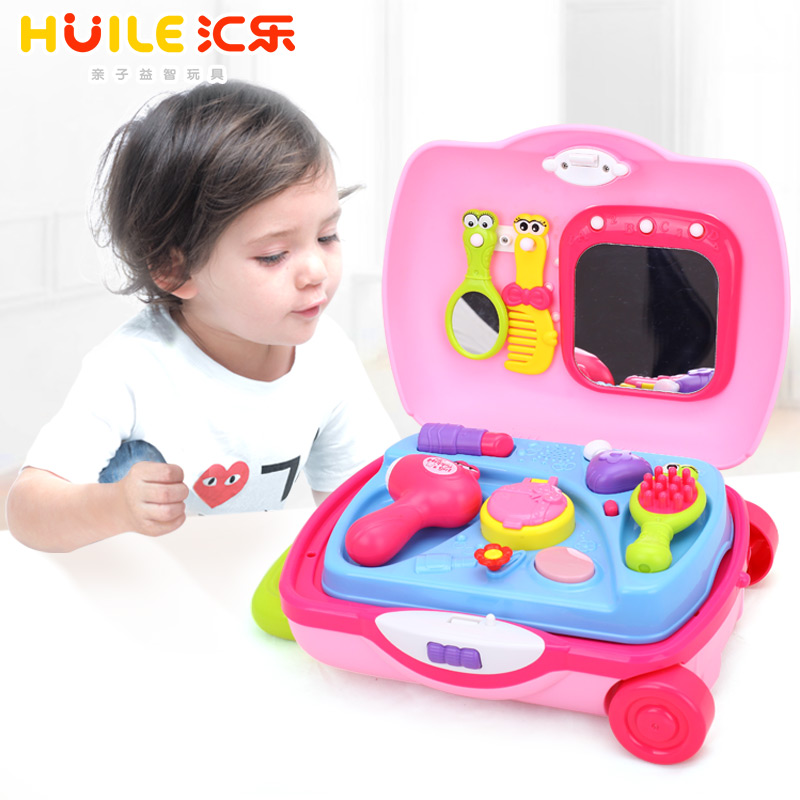 Then ask the child to close their eyes. Let him take turns taking out objects from the bucket and say - what is it. Tries to compare a leaf and a pebble, a stick and an acorn, etc.
Then ask the child to close their eyes. Let him take turns taking out objects from the bucket and say - what is it. Tries to compare a leaf and a pebble, a stick and an acorn, etc.
What does the game give?
General development, the ability to memorize and analyze, guess based on tactile sensations.
Game #11. Little sculptor
What you need:
- colored children's plasticine;
- modeling board.
How to play?
You can use a ready-made set for children's creativity. An adult shows how to sculpt different figures.
What does the game give?
The child trains the fingers and develops fantasy and imagination.
Game #12. Find circles
What you need:
- colored cardboard;
- velvet paper;
- landscape sheets.
How to play?
Cut shapes out of different textures.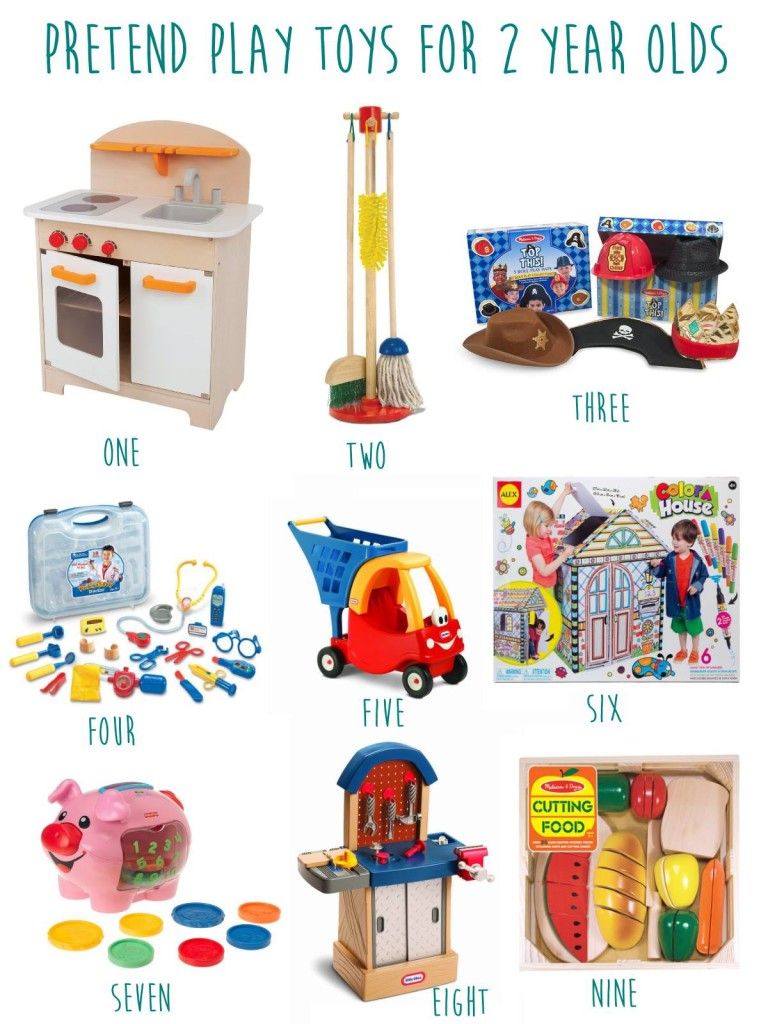 Let the child, without looking, by touch, identify objects.
Let the child, without looking, by touch, identify objects.
Game #13. Builder
What you need:
- wooden cubes;
- mat.
How to play?
Invite the child to build a turret first, then a more complex structure. During the game, sing songs and read poems about builders and construction.
Game #14. Little fingers
An adult touches the baby's fingers, massages them and reads a rhyme, for example, about a magpie-crow or "our fingers are tired."
Game #15. Gossamer
What you need:
- box;
- thick threads.
How to play?
Cut holes in the box. Let the baby thread the threads through the holes. These are very useful games with a three year old child.
Game #16. Rain
Rain
What you need:
- blue and gray thread;
- blue grey;
How to play?
Make holes in the cardboard. Let the kid draw clouds on the cardboard, and put threads-streams of rain through the holes. Despite the seeming simplicity of the game, children love it very much and are ready to play it literally for hours.
Game #17. Little singer
An adult sings a song cheerfully. The kid sings and dances. On the Internet you can find a lot of children's songs and learn them.
Game #18. Cheerful reader
An adult starts counting a rhyme and suddenly stops. The kid continues, and so - in turn.
Playing at home with children aged 3-4 must necessarily include reading books and memorizing poems. Read with children of this age the poems of Marshak, Korney Chukovsky and Agnia Barto. Buy beautifully illustrated books. They will become your baby's best friends.
Buy beautifully illustrated books. They will become your baby's best friends.
Game #19. With water
Babies just love to pour water from one container to another, catch different objects from them and splash around.
Game #20. Choosing clothes for a walk
An adult offers to choose clothes for a walk on his own. Let the baby look out the window, tell what time of year it is and what other children wear. And then he will pick up panties, tights, panties, etc. according to the season. You can do it by touch with your eyes closed. Thus, the gathering for a walk will take place in the form of a game and will not end in hysteria and whims.
What to play with a 3 year old child. Conclusion
Don't be afraid to be imaginative. It is not necessary to use only examples from the network. Remember your own childhood! Show your child your favorite games you played when you were that age.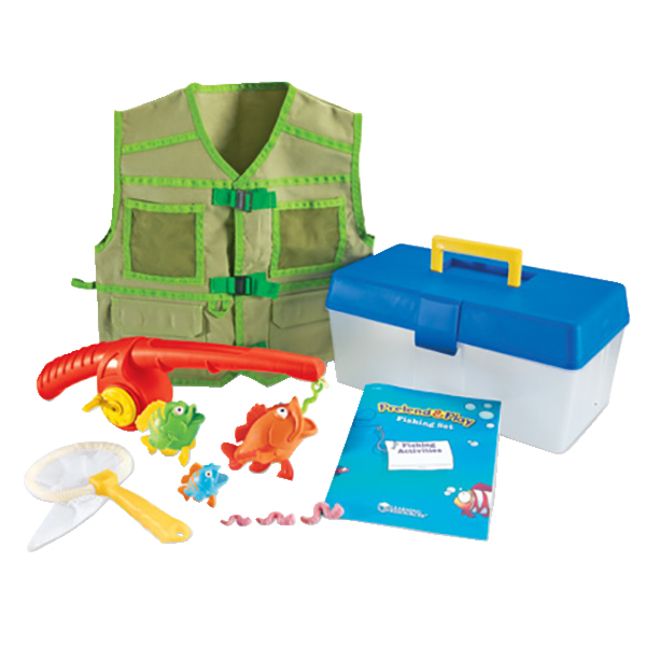 Pay attention to the baby and do not leave it to yourself. Of course, kids should be able to keep themselves busy, but when it becomes a system, there are always problems.
Pay attention to the baby and do not leave it to yourself. Of course, kids should be able to keep themselves busy, but when it becomes a system, there are always problems.
Playing with a 3-4 year old child at home helps to establish an emotional connection between parents and babies. The main rule is that the game should take place in a comfortable environment for the child and in a place specially designated for this. If the baby needs to sit while playing with a three-year-old child, take care of having a “growing” smart chair. This will allow you to form the correct posture.
Back to the list of publications
Developmental activities with a child 2-3 years old
Contents
A child at 2 years old: what is he like
Fundamentals of development
Logical and mathematical thinking
Oral speech
Attention 9047 Intellectual abilities
General and fine motor skills1 Acquaintance with the outside world
When a baby turns two years old, he begins to actively explore the world around him, so parents ask themselves: how to develop a child at 2 years old correctly? Various tasks for children of this age develop many children's abilities, including speech, social, tactile, creative skills, etc.
A 2-year-old child: what is he like
Children from 2 to 3 years old are very active. They cannot sit still, they definitely need to try everything and go everywhere, because they are eager to find out how the world works around them. But, despite this, children at this age are more attentive than at one or a year and a half.
Two year olds absorb an incredible amount of new information like a sponge, and this is fertile ground for early development. There is no need to buy expensive toys. It is enough to carefully observe the interests of your baby, try to answer his questions, explain everything that he sees around. But do not overdo it: oversaturation with new knowledge can lead to a refusal to perceive it.
2-3 years of age is considered a transitional period, from a model of behavior of an early age to the manifestation of one's "I". Very emotional, the baby still hardly holds attention to one thing, but if he is interested, he can enthusiastically engage in 15-20 minutes. Make good use of this time!
Very emotional, the baby still hardly holds attention to one thing, but if he is interested, he can enthusiastically engage in 15-20 minutes. Make good use of this time!
Development Fundamentals
9000
for a two -year -old type of its activity is the game. Through play activities, mental, mental and social development occurs. On the other hand, the game cannot be aimless. In order for every minute to bring benefit to the child, it is necessary that the classes be aimed at development:
- logical thinking;
- oral speech;
- attention;
- fine motor skills;
- intellect;
- the surrounding world.
Logical and mathematical thinking
Mastering space and time.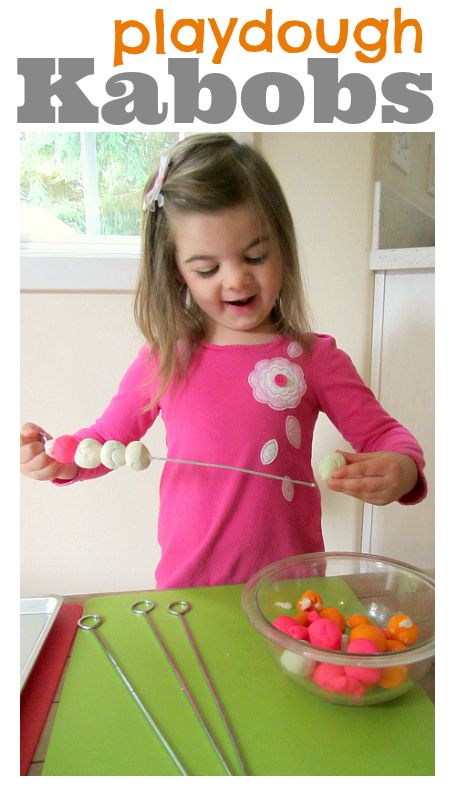 Hide a toy and invite the child to find it, helping with hints ("Let's look in the closet / under the table / bedspread ...").
Hide a toy and invite the child to find it, helping with hints ("Let's look in the closet / under the table / bedspread ...").
We distinguish the time of day. You can talk about this topic during the day, for example, at breakfast, tell the baby what time of day it is, and before going to bed, ask what he was doing in the morning, afternoon and evening.
Learning to count. It is better to start studying mathematics not with abstract numbers, but with things understandable to the kid. Count everything around: steps, steps, fingers, toys). Teach your child to show his age on his fingers.
Putting puzzles together. This is a difficult task, so you can't do without the help of an adult. Choose pictures from 2-6 elements. Of the two paths “difficult puzzle - mom help” and “easy puzzle, but on your own” - prefer the second.
Learning to compare. Studying the concept of "a lot-little", lay out two piles of buttons - the child must determine which is more and which is less.
Speaking
Reading . Take a book by age, with large print and pictures. Discuss the plot of the story with your child as you read. Ask questions, praise for the correct answers, give hints if the baby is having a hard time.
Puppet theater . Not only special dolls are suitable for him, but also toys familiar to the baby. The first performance is staged by an adult, showing an example, then we connect the child. Entrust him with the main role or tasks of the director.
Finish the sentence game . Start saying the phrase, and the baby will finish it. You can illustrate situations from life: “There is a red one here ...”, “This girl is dressed in ...”.
Expanding vocabulary . A two-year-old understands more words than he can pronounce. Speak with him all the events of the day, even “what you ate”, “whom you played with”.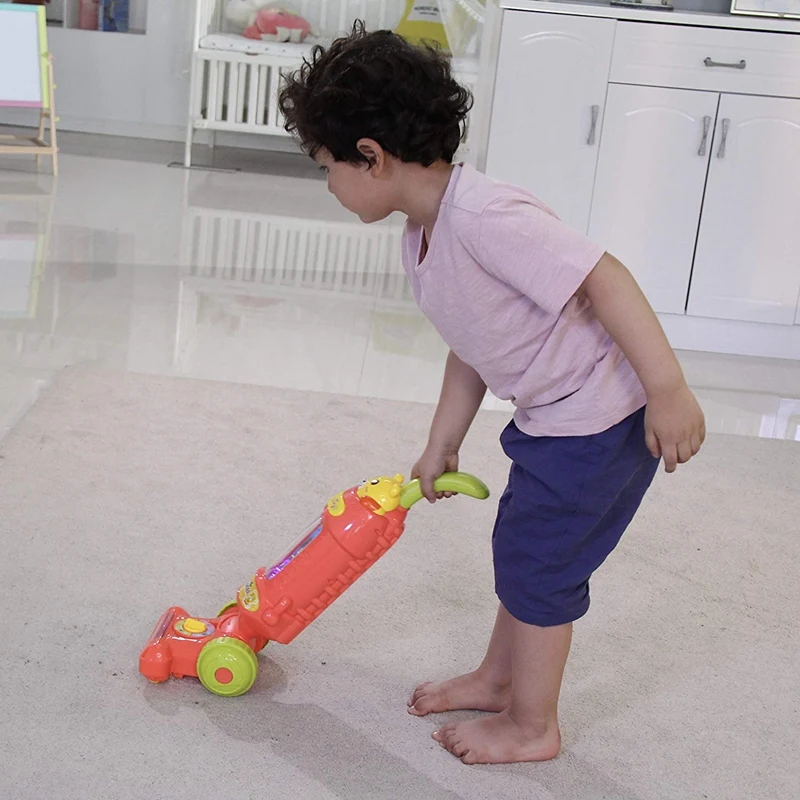 This lesson improves pronunciation, teaches the baby to share his thoughts with his family.
This lesson improves pronunciation, teaches the baby to share his thoughts with his family.
Attention
Find item . Any place will do: in nature, on the street, in line at the clinic, at home. Ask the child to show a white car on the road, find the character in the picture. The main thing is to be interested!
Find the common feature . Arrange items according to a common feature, for example, with the same pattern, color, shape. It is important that the objects are diverse: a mitten, a saucer, a picture in a book.
We build according to the drawing . There are a lot of games with drawings for this. Buy an age-appropriate set (2-6 pieces) and let your little one build a tower or house on their own.
Gross and fine motor skills
Modeling . Choose high-quality plasticine of different colors, which can also be successfully memorized in the game.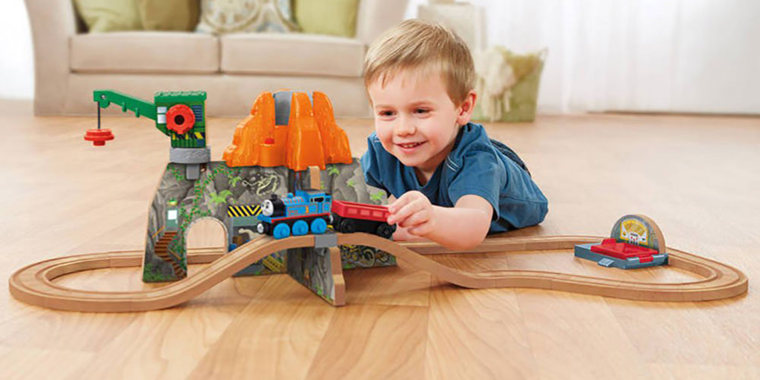
Application . This case will not only strengthen the fingers, but also deepen creative thinking.
Dressing and undressing . Let the baby dress up the toy on their own or get ready for a walk.
Water games . It is most convenient to play with plastic children's utensils. Let your child play around in the water with the toy teapot and cups.
Hand washing . Teach your child to wash their hands without the help of an adult, after a walk and before eating. At the same time, he will master the skills of hygiene.
Angler game . Need balls or small toys. Throw them into the water (most convenient when bathing) and invite your baby to catch them with a spoon.
Intellectual abilities
Music . Teach your baby and yourself to the classics, using them as a background while reading fairy tales and creative activities.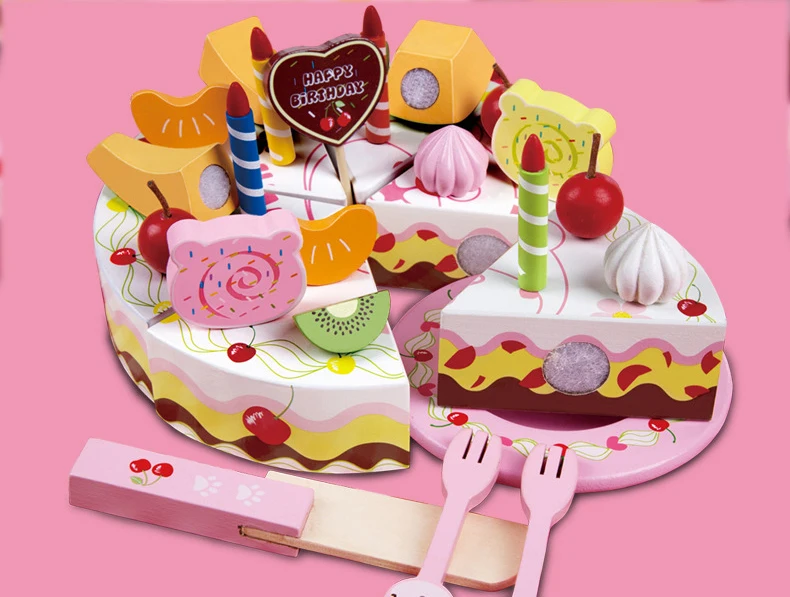 Praise for wanting to dance.
Praise for wanting to dance.
Drawing . A two-year-old is already drawing quite consciously, trying to draw herself, her family, using circles, lines, squares. He learns to paint over the drawing without going beyond the contours. Draw together! Let the baby finish drawing your schemes of the sun or the animal himself.
Role play . Encourage your child's initiative in composing a play scenario with dolls or real people. Plots can be taken from life: go to the store while at home, send the doll to the doctor, school or kindergarten. It is important that the baby is the main one in the game.
Getting to know the outside world
Learning about animals . We talk about animals, we name parts of their body, cubs, what they eat and where they live. We tell you what role an animal or bird plays in nature, whether it matters to a person.
Watching nature .

